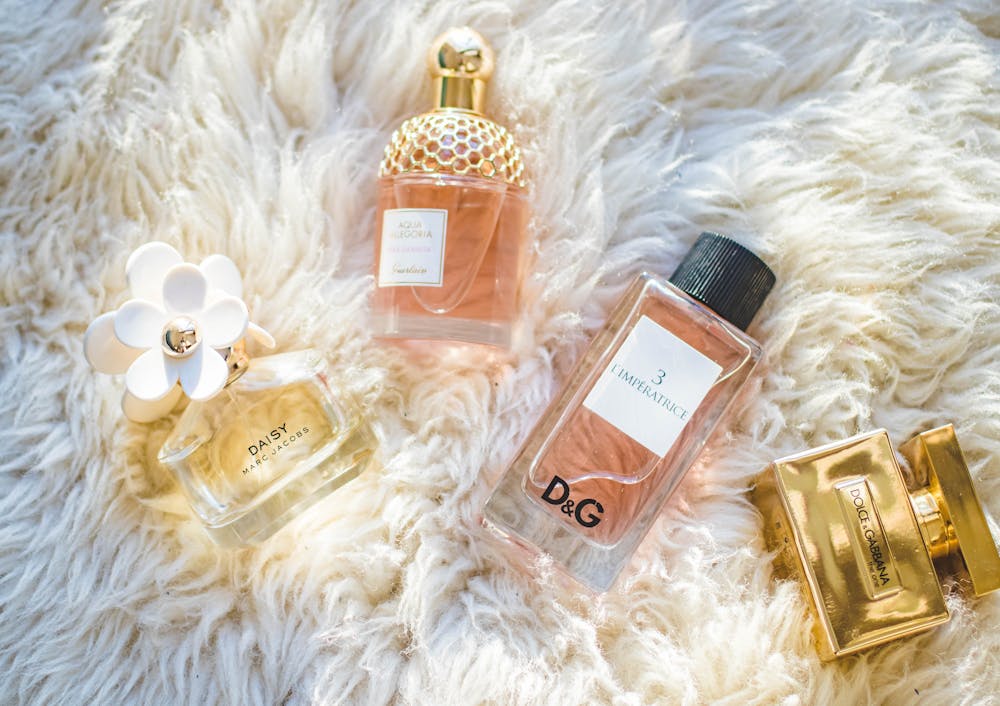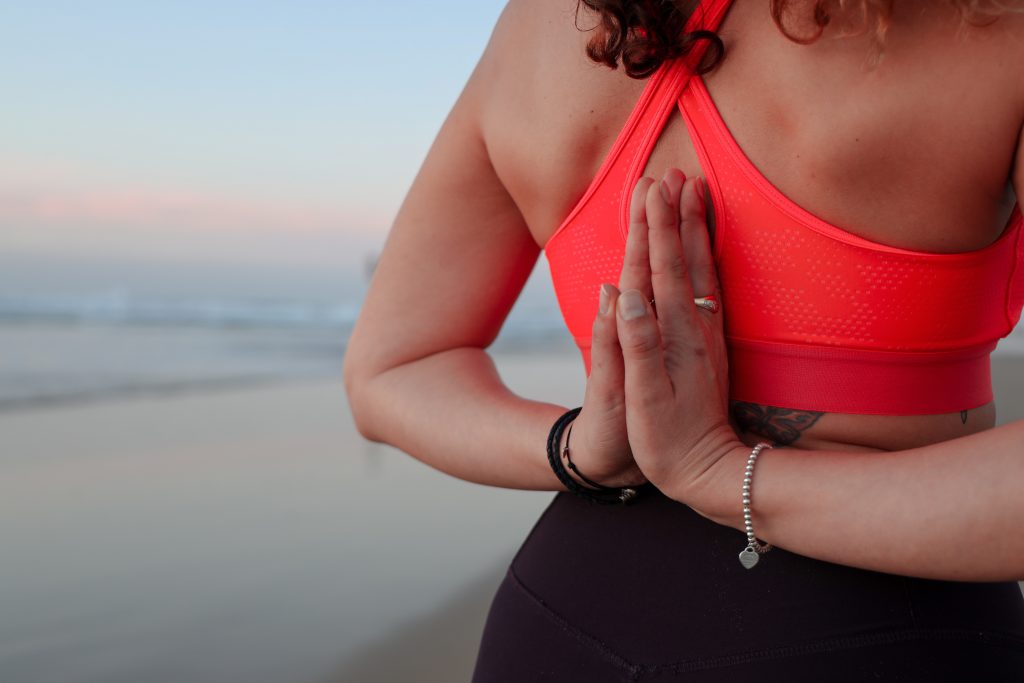The relationship between high fashion and the perfumery industry has always been one of intricate interdependence and mutual inspiration. As high fashion shapes the garments and accessories we aspire to wear, it simultaneously casts a significant influence over the fragrances we choose to envelop ourselves in. This symbiotic connection extends beyond the mere aesthetic, delving into the essence of how we present ourselves to the world and the olfactory signatures we leave behind.
The Vanilla Vogue: A Case Study
A prime example of this trend transmission can be found in perfumes with vanilla notes. Once considered a basic, almost mundane ingredient, vanilla has been reimagined and elevated by high fashion influences. It now features prominently in sophisticated blends, showcasing its versatility from sweet and cozy to rich and exotic. This transformation mirrors the fashion industry’s ability to reinvent and elevate materials, turning them into coveted trends.
The Aromatic Journey from Runway to Vanity
Fashion runways serve as the birthplaces of trends that eventually permeate various aspects of lifestyle, including the scents we favor. Designers and perfumers collaborate closely, ensuring that fragrance lines are in harmony with fashion collections, encapsulating the spirit and mood of the season. This alignment ensures that perfumes are not just complementary accessories but integral components of the fashion narrative.
Scent as a Statement of Style
Just as fashion allows for personal expression through clothing and accessories, perfume offers an olfactory avenue to convey one’s identity and mood. The choice of fragrance can complement an outfit, enhance a mood, or make a bold statement. High fashion brands have mastered the art of creating signature scents that reflect their aesthetic and philosophy, allowing consumers to embody the brand’s essence in a more intimate, personal way.
Innovation and Sustainability: The New Frontiers
The influence of high fashion extends beyond scent profiles to the innovation and sustainability practices within the perfume industry. As fashion brands commit to more sustainable and ethical production methods, these principles are mirrored in their fragrance lines. This includes sourcing ethically produced ingredients, utilizing sustainable packaging, and employing green manufacturing processes. Consumers now seek out brands that not only smell good but also do good, mirroring the ethical fashion movement.
Personal Expression Through Olfactory Art
The world of high fashion is not just about visual splendor; it’s also about cultivating a unique personal identity that resonates on an emotional level. In this regard, perfumes play a crucial role in the fashion narrative, offering a deeply personal touch to the wearer’s ensemble. The evolution of perfumery, guided by the aesthetics and ethos of high fashion, has seen fragrances becoming more nuanced and tailored. Designers and perfumers now delve into creating scents that cater to a broad spectrum of personalities and preferences, ensuring there is a signature scent for every individual. This personalized approach to fragrance creation mirrors the fashion industry’s move towards inclusivity and diversity, celebrating individuality in all its forms.
Another interesting aspect of how high fashion influences perfume trends is the delicate balance between tradition and innovation. High fashion houses with a long history often have classic fragrances that are synonymous with their brand identity. The challenge and opportunity lie in reinventing these iconic scents for the modern consumer, integrating contemporary notes and ethical sourcing without losing the essence that made them beloved. This requires a deep understanding of perfume chemistry and a creative approach that respects tradition while embracing modern preferences. The successful execution of this balance not only reinforces the brand’s legacy but also ensures its relevance in today’s rapidly evolving market.
The Role of Celebrity and Influencer Collaborations
High fashion’s impact on perfume trends is further amplified through celebrity and influencer collaborations. These partnerships often result in highly coveted limited-edition fragrances that carry the allure of the celebrity’s personal style and the craftsmanship of the brand. These collaborations are a testament to the power of fashion in shaping consumer desires and trends in the perfume industry.
The Future of Fragrance: Technology and Innovation
As we look towards the future, the interplay between high fashion and perfume is set to become even more pronounced with advancements in technology. The potential for AI and machine learning to revolutionize scent creation is immense, offering new ways to personalize fragrances not just in terms of scent but also in how they interact with the wearer’s natural chemistry.
Moreover, the exploration of sustainable and non-traditional materials will likely yield exciting new scent profiles, pushing the boundaries of perfumery. High fashion’s penchant for innovation and pushing boundaries will undoubtedly influence these developments, driving the perfume industry towards uncharted territories of creativity and sustainability.
A Scented Path Forward
The intertwined paths of high fashion and perfume will continue to evolve, reflecting societal shifts, technological advancements, and changing consumer preferences. As we look to the future, it is clear that the influence of high fashion on perfume trends will remain a driving force, shaping not only the scents we gravitate towards but also the way we think about perfume as an essential element of style and personal expression.
Through this aromatic lens, we see that fashion and fragrance are not just complementary but are deeply interconnected, each influencing and enhancing the other. The journey of a trend from the runway to our skin is not just about the translation of visual aesthetics into olfactory experiences but about capturing the zeitgeist in a bottle, offering everyone a chance to partake in the luxury and allure of high fashion.





